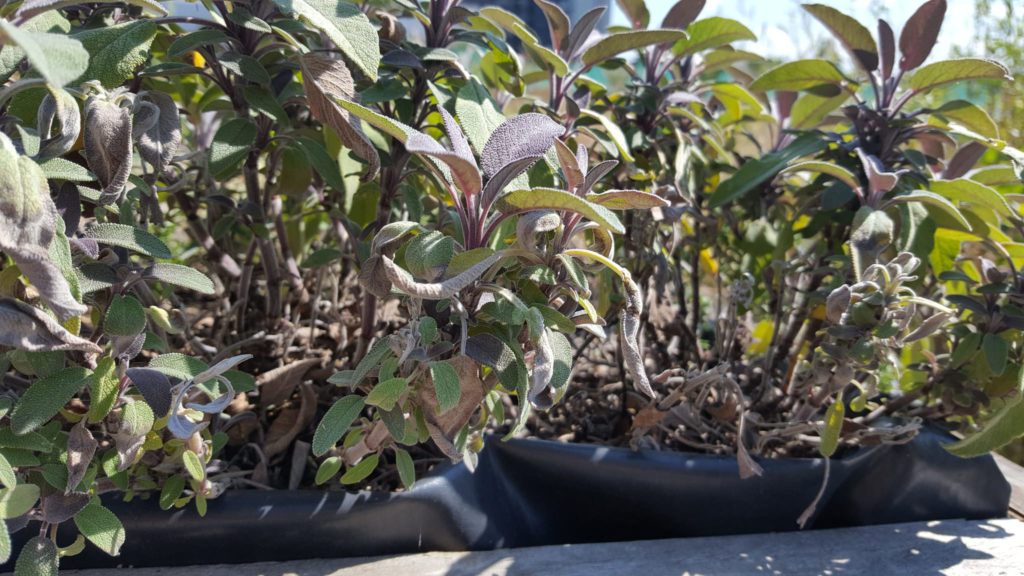
Purple Sage
Salvia officinalis ‘Purpurea’
‘Purpurascens’ is an aromatic, semi-evergreen dwarf shrub with purple young foliage and stems, becoming grey-green; leaves oblong, 3-6cm in length. Purple-blue flowers 2cm in length in terminal racemes
Sage, S. officinalis has numerous common names. Some of the best-known are sage, common sage, garden sage, golden sage, kitchen sage, true sage, culinary sage, Dalmatian sage, and broadleaf sage. Cultivated forms include purple sage and red sage.(source: RHS)
In Britain, sage has for generations been listed as one of the essential herbs, along with parsley, rosemary and thyme (as in the folk song “Scarborough Fair“). It has a savory, slightly peppery flavor. It appears in many European cuisines, notably Italian, Balkan and Middle Eastern cookery. In Italian cuisine, it is an essential condiment for saltimbocca and other dishes, favored with fish. In British and American cooking, it is traditionally served as sage and onion stuffing, an accompaniment to roast turkey or chicken at Christmas or Thanksgiving Day. Other dishes include pork casserole, Sage Derby cheese and Lincolnshire sausages. Despite the common use of traditional and available herbs in French cuisine, sage never found favor there. (source: Wikipedia)

